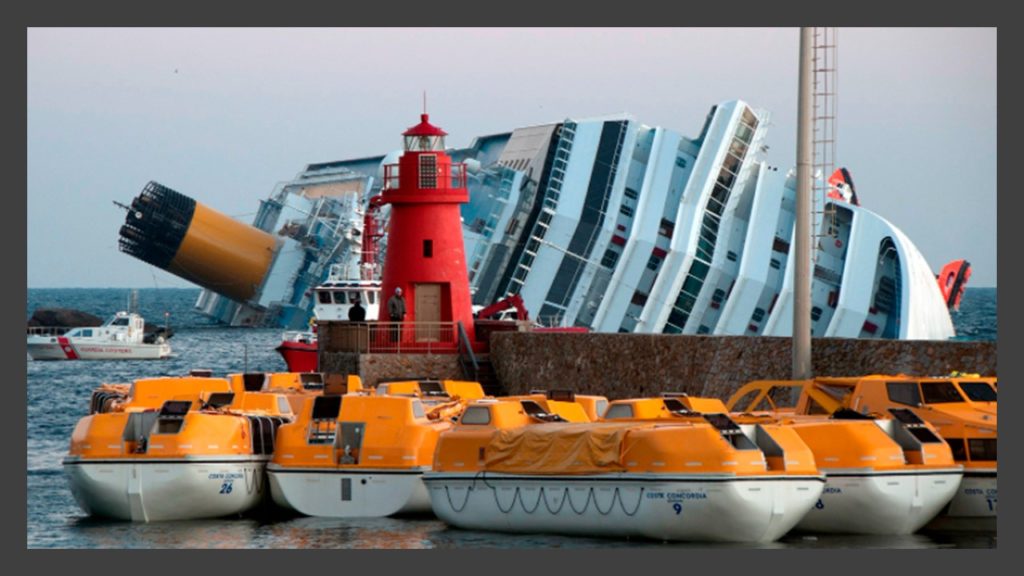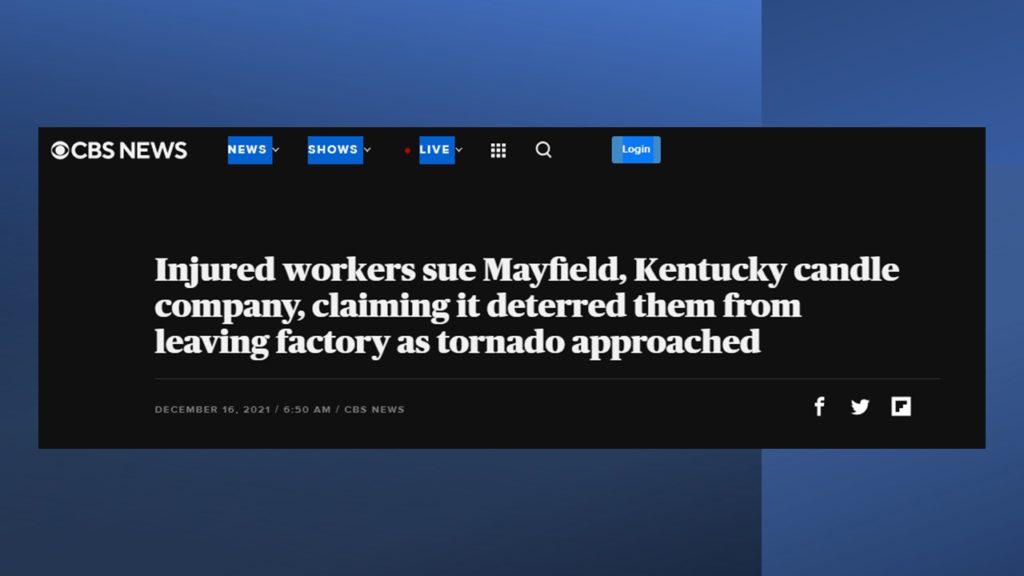
In the world of business, we are surrounded if not inundated by information and data. Every function and department track their own information sets and metrics. Production equipment produces endless data streams from monitoring instruments. There are those tasked with tracking the performance of competitors. We monitor safety and quality performance to keep our employees free from harm and ensure our products meet defined standards. Every data point represents a signal in environments filled with the accumulated static of day-to-day operations and demands. Which signals are we paying attention to and are they always the right ones?
Which Signals?
As a kid, I loved to sit at night in front of my grandfather’s 1948 Philco tube radio and try and tune in stations from as far away as possible. Turning the knobs would take me through static, some quiet and some loud, until I found a station with clear reception. Many times the most distant stations were found moving slowly through the static and interference which would often reveal a distant station that if hit just right would come in clear but not always the loudest.
This past week our family enjoyed a wonderful holiday cruise. When arriving at our first port of call, the entire crew and staff spent a couple of hours rehearsing their assignments in the event of an emergency. One emergency scenario involved the need to abandon ship. I asked one of the crew members the next morning how often they practice these drills. His response was once a week which involved a review of the events that transpired with the tragedy of the Costa Concordia when it ran aground in 2012 off the coast of Italy.

The Costa Concordia disaster was the result of an accumulation of hierarchical decisions which lead to delayed actions and the downplaying of the seriousness of the situation. The captain’s actions resulted in the deaths of 32 individuals. Staff and crew were prevented from acting appropriately when all the “signals” were present to save lives. Our crew member detailed their repetitive emergency procedure drills as helping any member of staff or crew be comfortable to do what is necessary to help save passengers even if not called to action by senior staff and the captain.

Ignoring Signals Comes With Consequences
The night before our return flight home, my wife and I were watching the Weather Channel in our hotel room to monitor whether the severe weather north of us would impact our flight home. The Weather Channel staff was broadcasting the latest from the National Weather Service from the ground and the studio. A map detailed a large swath of territory in multiple states where a tornado watch was in effect, emphasizing that an “intense tornadic storm” was developing. The watch was upgraded to a warning and then the sighting of the tornado heading to Graves County Kentucky where the small community of Mayfield is located.
NBC News reported on the 13th that employees of the Mayfield Consumer Products factory, where scented candles were being produced to meet holiday orders, were concerned about the approaching tornado. Earlier in the evening, the tornado sirens sounded and employees congregated in bathrooms and inside hallways. When the tornado didn’t arrive, employees went back to work. Some requested to go home and were allegedly denied permission. Several employees have indicated they overheard supervisors threaten employees with losing their jobs if they left the premises. When the second alarm sounded, employees were once again allegedly told they couldn’t leave so they took shelter in the plant. The tornado struck the facility. You have seen the images of the devastation to the building. Eight lives were lost as a result of the damage. There were 110 employees on-site that night with shifts planned to work around the clock to fill holiday orders.
Which Signals Were Missed?
Investigations will reveal the actions of management that fateful night. If it is true that management decisions contributed to the loss of life in Mayfield, it wouldn’t be the first time leaders hadn’t paid attention to the most important signals in their immediate environment. Miners trapped in a mine, passengers unable to get off a sinking ship, proper personal protective equipment not provided to health care providers, pressured maintenance demands to get equipment back online causing maintainers to take shortcuts and the list could go on and on. These events do not always result in physical harm. Unethical financial and business practices resulting in the loss of jobs impacting individuals and communities have been well documented during the past decade.

Constantly Looking for the Right Signals
Leaders must constantly sort through the static of all that is going on and zero in on the signals, weak or strong, that will keep their teams free from harm and meet the demands of their stakeholders. Recognizing the most important and critical signals in the most chaotic chatter can make the difference of saving the crew and passengers of a sinking ship or getting employees to safety before a tornado strikes. Many times it is not the signal that is loud and clear right in front of them that is the most pressing. Sometimes a leader must intently dial in through all the interference to recognize that one signal containing the vital data that preserves life, and the integrity of the organization.
Whether their actions contributed to the injuries and loss of life of those working in the candle plant that disastrous Friday night, the CEO and his leaders will forever be impacted for not paying attention to the actual and figurative signals they ignored.
When the warnings are sounding all around you, will you recognize those important signals to keep your team safe and your business on track to success?

Great content! Keep up the good work!
Thank you.